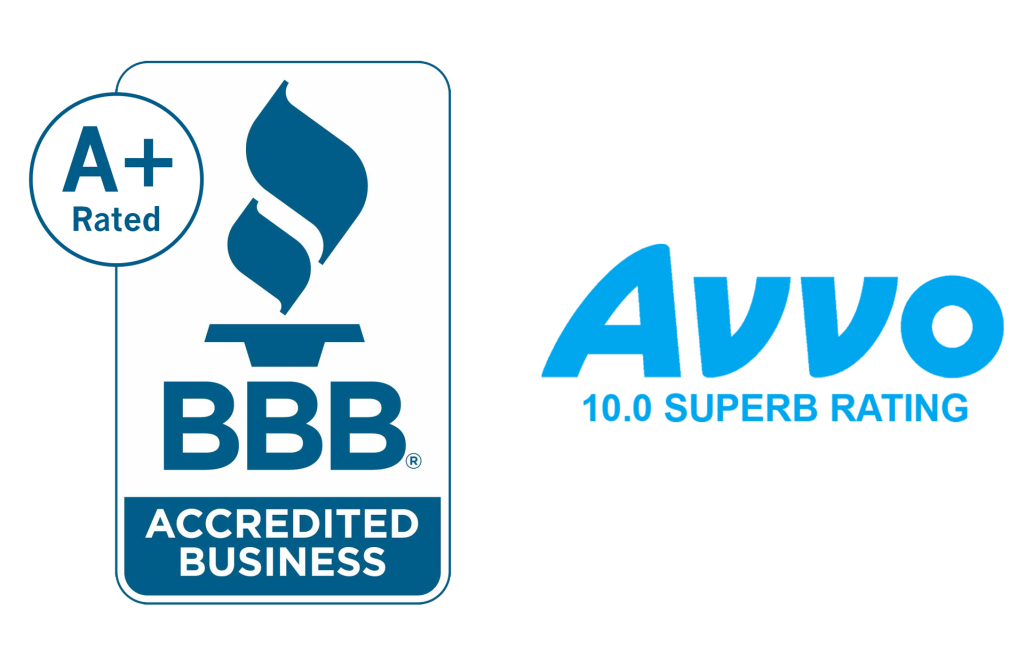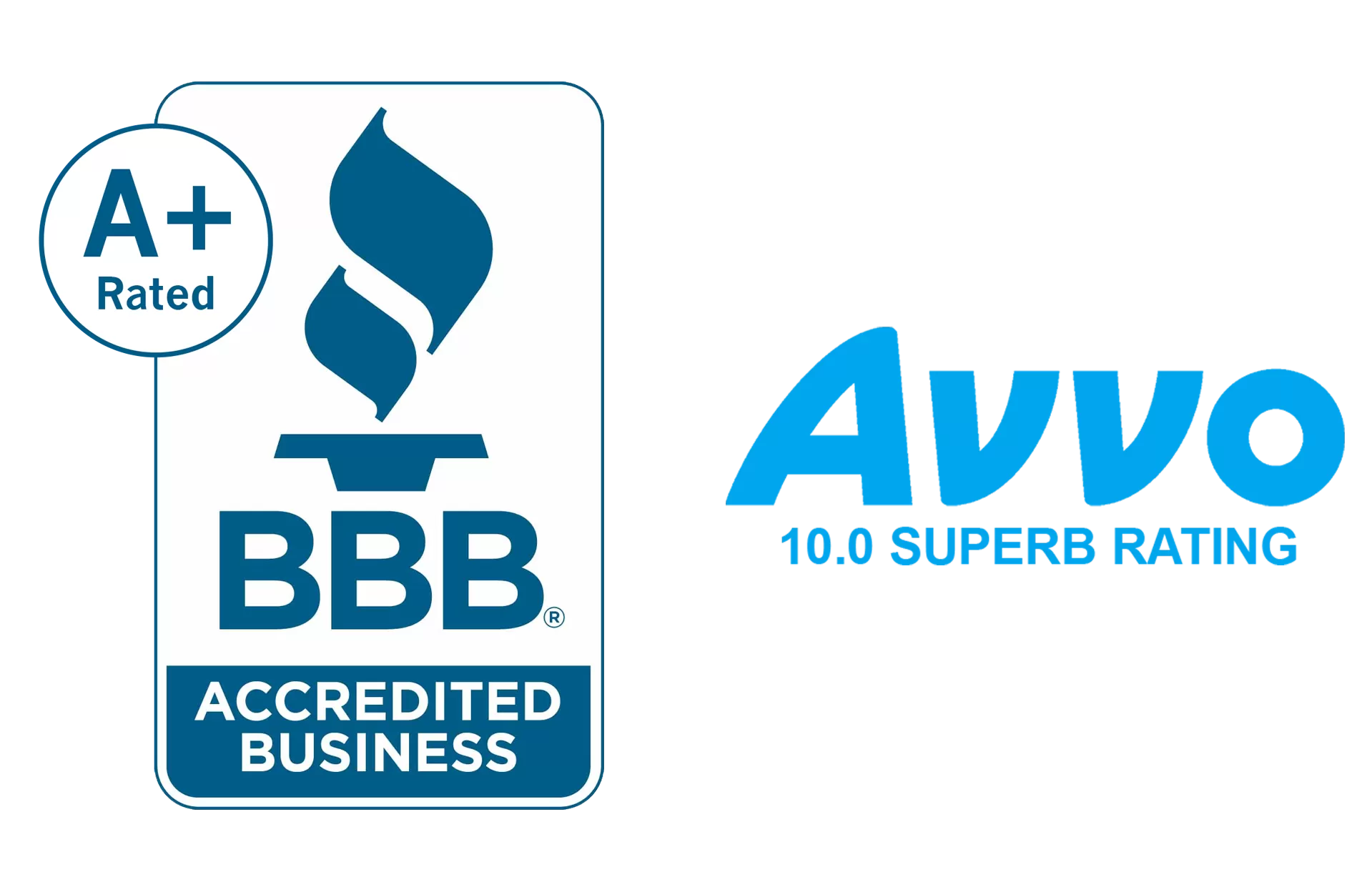How to Make Your Own Will: A Step-by-Step Guide: Oregon
Creating a will is one of the most important steps you can take to ensure your wishes are carried out after your death. While many
We are a national law firm that prides itself on using technology to efficiently deliver excellent results and best in class client support to clients all over the world. This approach has led to success in more than 100,000 cases.
Our dedication to our customer service is so strong that it has earned us “A+” ratings with the Better Business Bureau for 10 straight years. We offer flat fee pricing on most services so there are no bad billing surprises. We have an online case management system that allows you to see up to the minute details on your case. We are results oriented, so most of the cases we handle even have a money back guarantee or are done on contingency.
Read more about us or simply call us for a free consultation and let us start providing you with exceptional value.

Creating a will is one of the most important steps you can take to ensure your wishes are carried out after your death. While many
Debt can be a heavy burden for many individuals, and dealing with creditors can often exacerbate stress and anxiety. While creditors have the legal right
What is the Fair Debt Collection Practices Act? The FDCPA, also known as the Fair Debt Collection Practices Act, was enacted in 1978 by Congress
Please fill out the form, so we can learn more about you and your needs.

A dynamic law firm that provides exceptional value and a place where people love to be.

© 2025 Higbee & Associates National Law Firm
Testimonials do not constitute a guarantee, warranty, or prediction regarding the outcome of your legal matter. Results portrayed are dependent on the facts of that case and the results may differ if based on different facts. Prices and availability of services may change over time, so please review your contract carefully and ask any questions before signing. While past performance does not guarantee future results, we strive to provide the best service possible. Any performance figures mentioned or shared within this content do not guarantee similar results. Results depend on individual circumstances, and the success of past cases does not predict future outcomes.